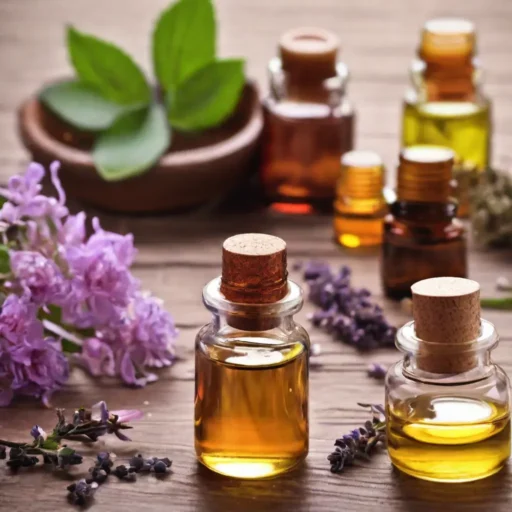Aromatherapy, the age-old practice of using natural scents to enhance well-being, has gained immense popularity in recent times. From stress relief to aiding sleep, the benefits of aromatherapy are vast and varied. In this comprehensive guide, we’ll delve into the world of aromatherapy, exploring its origins, essential oils, therapeutic techniques, and how it can be seamlessly incorporated into your daily life.
What is Aromatherapy?
Aromatherapy involves the use of aromatic essential oils derived from plants to promote physical and psychological well-being. These oils, extracted through various methods, have been cherished for centuries for their therapeutic properties.
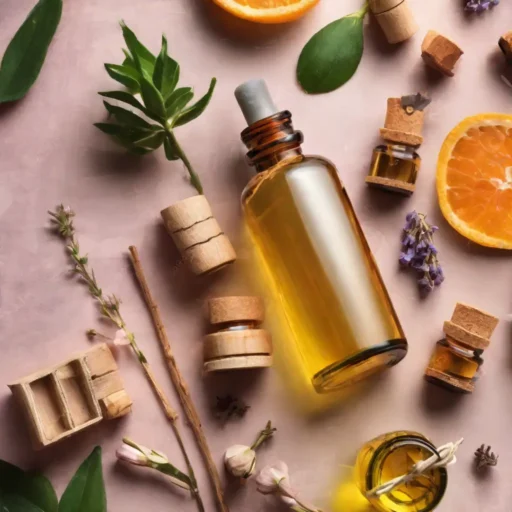
Historical Background of Aromatherapy
Tracing its roots back to ancient civilizations, aromatherapy has been a part of diverse cultural practices. From Egypt to China, the use of aromatic substances for healing has a rich history. Aromatherapy is intertwined with the cultural practices of ancient civilizations. Fragrant herbs, resins, and essential oils were revered for their healing properties, marking the early beginnings of aromatherapy.
1. Ancient Egypt
In the cradle of civilization, ancient Egyptians elevated aromatic substances to a divine level. Essential oils like frankincense and myrrh were integral to religious ceremonies and embalming practices, illustrating the spiritual and medicinal significance attached to aromatherapy.
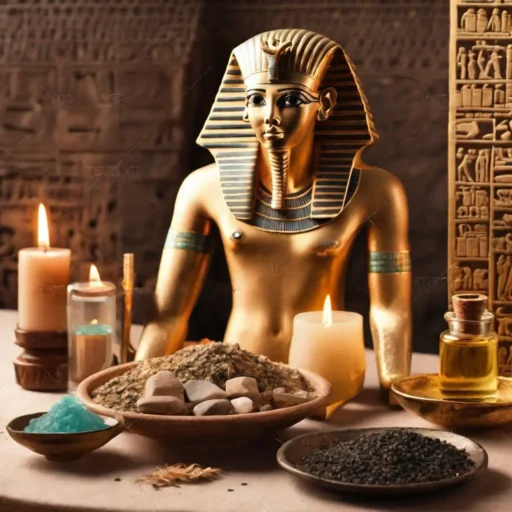
2. Traditional Chinese Medicine
Across the vast landscapes of China, aromatic herbs were fundamental in traditional medicine. The concept of balancing qi, the body’s vital energy, often involved the use of herbal concoctions and essential oils, laying the groundwork for aromatherapy’s integration into holistic health practices.
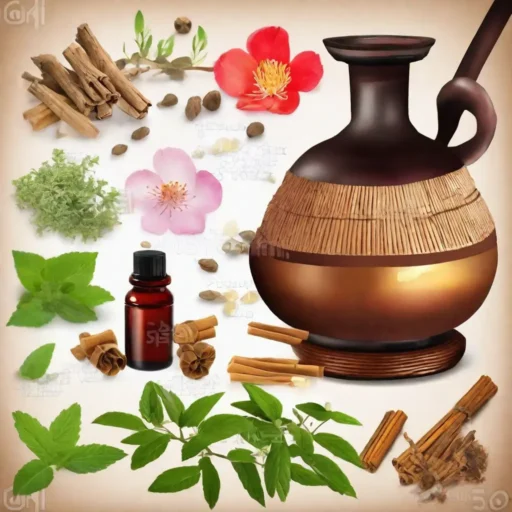
3. Greco-Roman Influence
In the classical world of Greece and Rome, aromatic plants were valued not only for their therapeutic properties but also for their role in daily life. The renowned physician Hippocrates, often regarded as the father of modern medicine, acknowledged the importance of aromatic substances in maintaining health.
4. Middle Ages and Renaissance
The knowledge of aromatherapy persisted through the Middle Ages, with herbalists and alchemists continuing the tradition. During the Renaissance, the resurgence of interest in classical knowledge further fueled the exploration of aromatic remedies, contributing to the development of early botanical studies.
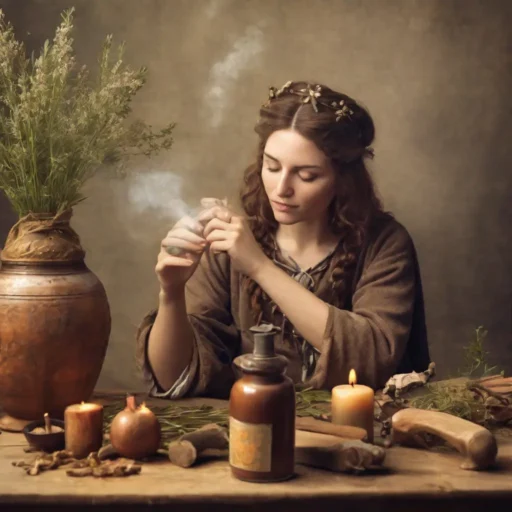
5. 19th Century Revival
Aromatherapy experienced a revival in the 19th century, marked by the work of influential figures like Madame Marguerite Maury and René-Maurice Gattefossé. Their research laid the foundation for modern aromatherapy, emphasizing the therapeutic benefits of essential oils and their impact on both physical and emotional well-being.
6. 20th Century Popularization
The 20th century witnessed the popularization of aromatherapy beyond traditional healing circles. As scientific understanding advanced, aromatherapy gained recognition for its potential in supporting modern healthcare practices, leading to its widespread adoption in spas, wellness centers, and households around the globe.
Understanding the historical roots of aromatherapy provides context to its enduring appeal and showcases the timeless connection between humans and the healing power of aromatic plants.
Essential Oils for Aromatherapy: Nature’s Fragrant Elixirs
Essential oils are concentrated liquids containing volatile aroma compounds from plants. The extraction process can involve steam distillation, cold pressing, or solvent extraction.
Popular Essential Oils
1. Lavender
Lavender, a classic in aromatherapy, is a versatile essential oil with a floral and herbaceous aroma. Revered for its calming properties, it aids in stress relief and sleep improvement. Lavender oil is a must-have for promoting relaxation, making it a staple in various blends and natural remedies.
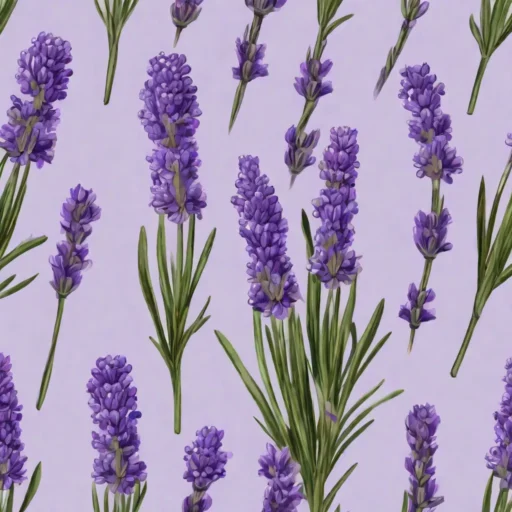
2. Peppermint
Peppermint essential oil, derived from Mentha piperita, boasts a refreshing and invigorating scent. Known for its ability to enhance focus and alleviate headaches, it’s a popular choice for energy boosts.
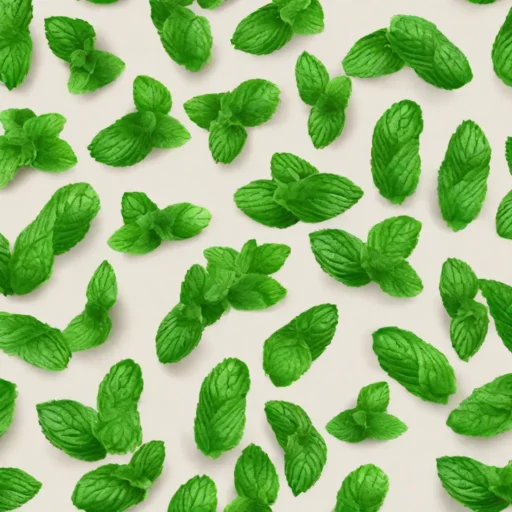
Whether inhaled or applied topically, Peppermint oil provides a revitalizing experience, making it a favorite in aromatherapy.
3. Eucalyptus
Eucalyptus essential oil, extracted from the leaves of Eucalyptus trees, is synonymous with respiratory support. Its camphorous aroma clears congestion and promotes easy breathing.

Used in inhalation blends and steam treatments, Eucalyptus oil is a go-to for relieving respiratory issues and creating a refreshing atmosphere.
4. Tea Tree Oil
Tea Tree Oil, extracted from Melaleuca alternifolia leaves, is a powerhouse in natural medicine. Indigenous Australians have long harnessed its antimicrobial prowess.
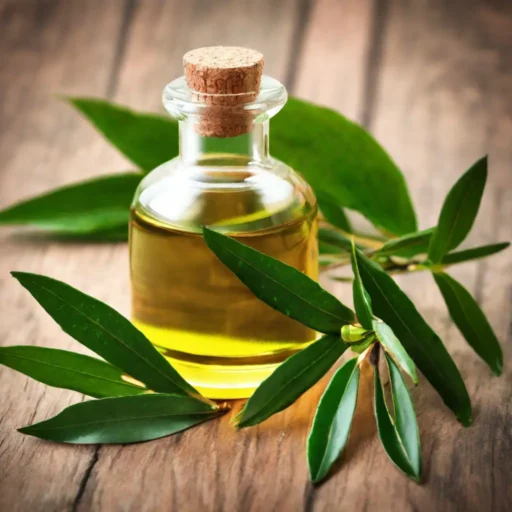
Widely known for addressing skin conditions, it’s a go-to for acne, fungal infections, and scalp health, making it a staple in holistic skincare routines.
5. Citrus Bliss: Orange, Lemon, and Grapefruit
The zesty trio of Orange, Lemon, and Grapefruit essential oils infuses spaces with an uplifting burst of freshness. Beyond their vibrant scent, these citrus oils are prized for their mood-enhancing properties, promoting a positive atmosphere.
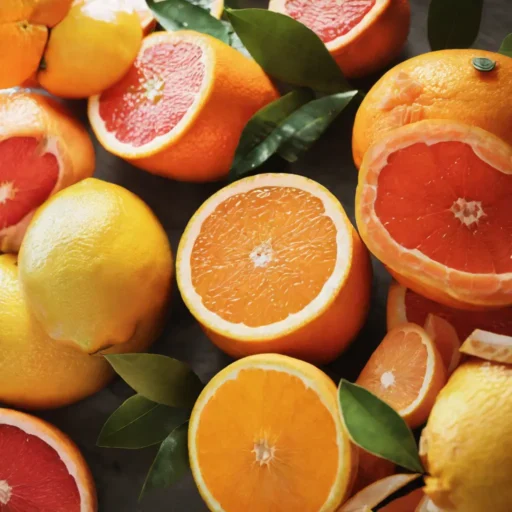
They’re cherished additions to blends for both invigorating fragrances and natural air purification.
6. Soothing Chamomile
Chamomile essential oil, derived from the delicate flowers of the chamomile plant, is a gentle giant in aromatherapy. Renowned for its soothing and calming aroma, it’s a trusted ally for relaxation.
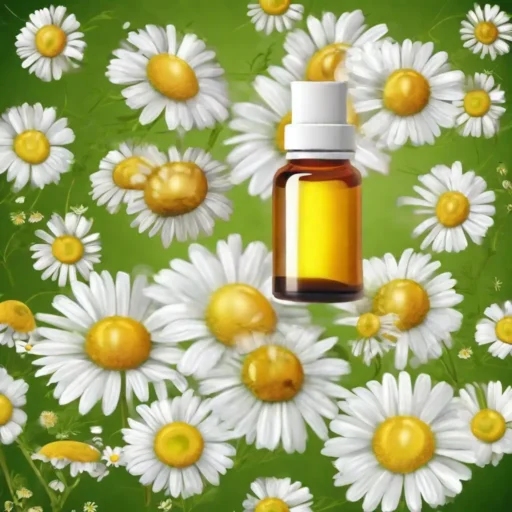
With anti-inflammatory properties, Chamomile oil is a sought-after remedy for easing stress, promoting sleep, and nurturing skin health.
Extraction Methods for Oils for Aromatherapy
Understanding how these essential oils are extracted ensures the preservation of their therapeutic qualities. Common methods include distillation and expression.
Delving into the art and science of extracting essential oils is crucial to understanding their potency and therapeutic qualities.
1. Steam Distillation
The most common method, steam distillation involves passing steam through plant material, extracting volatile compounds. It’s a delicate process that preserves the essence of the plant.
2. Cold Pressing
Primarily used for citrus oils, cold pressing involves mechanically extracting oils from the rind of fruits. This method maintains the freshness of the citrus scent.
3. Solvent Extraction
For delicate flowers like jasmine and rose, solvent extraction is employed. Solvents dissolve essential oils from the plant material, resulting in highly concentrated and aromatic extracts.
Exploring the diverse world of essential oils reveals nature’s aromatic treasures, each with its unique essence and therapeutic benefits.
How Aromatherapy Works
1. Olfactory System Connection
Aromatherapy’s magic begins with the intricate dance between scent and the olfactory system. As we inhale aromatic molecules, olfactory receptors in the nose send signals to the brain’s limbic system, known as the emotional control center.
This direct connection influences emotions, memories, and even physiological responses, offering a profound gateway to our well-being.
2. Impact on the Brain and Nervous System
The influence doesn’t stop with the limbic system; aromatherapy extends its reach to the broader nervous system.
Essential oils, with their unique chemical compositions, can stimulate or calm the nervous system, affecting heart rate, blood pressure, and stress levels. This holistic impact fosters a harmonious balance between mind and body.
Aromatherapy is a sensory journey, where fragrances not only enchant the senses but also orchestrate a symphony of responses within our bodies. Understanding this harmonious interplay is key to unlocking the full spectrum of benefits that aromatherapy has to offer.
Benefits of Aromatherapy
1. Stress Relief
Aromatherapy emerges as a soothing balm in the chaotic tapestry of modern life. Essential oils like lavender and chamomile act as nature’s stress-relievers, calming the mind and easing tension.
Inhaling their fragrant embrace induces a sense of tranquility, providing a momentary escape from the hustle and bustle.
2. Sleep Improvement
Unlocking the secret to restful sleep, aromatherapy offers a natural remedy for those restless nights. Lavender, with its sedative properties, and chamomile, known for its calming effect, create a serene bedtime atmosphere.
Diffusing these oils or adding a few drops to pillows induces a peaceful slumber, promoting overall well-being.
3. Pain Management
Aromatherapy transcends mere relaxation; it extends its healing touch to pain management. Essential oils like eucalyptus and peppermint, with their analgesic and anti-inflammatory properties, become allies in alleviating headaches, muscle soreness, and various discomforts.
Their application or inhalation provides a holistic approach to pain relief.
4. Mood Enhancement
The aromatic symphony of essential oils has a profound impact on mood. Citrus oils, such as orange and lemon, uplift spirits with their refreshing notes.
Meanwhile, floral scents like rose and jasmine evoke feelings of joy and positivity. Aromatherapy becomes a delightful tool to sculpt a mood-enhancing ambiance, fostering emotional well-being.
Aromatherapy Techniques
1. Diffusers
Diffusers, the maestros of aromatherapy, disperse essential oils into the air, transforming spaces into aromatic sanctuaries. Whether ultrasonic, nebulizing, or heat-based, diffusers ensure a gentle and continuous release of fragrant molecules.
These devices provide a seamless and effective way to enjoy the therapeutic benefits of essential oils.
2. Topical Application
Harnessing the power of touch, topical application of essential oils allows for targeted therapy. Diluted with carrier oils, these potent elixirs can be massaged onto the skin, facilitating absorption.
This technique is especially effective for addressing specific concerns, from headaches to skin conditions, offering a personalized approach to well-being.
3. Inhalation
Direct inhalation of essential oils becomes a direct route to respiratory benefits. Whether through steam inhalation or simply inhaling from the palms of your hands, the respiratory system welcomes the soothing or invigorating effects of essential oils.
This technique is a quick and accessible way to support respiratory health and enhance emotional well-being.
4. Bathing
Elevating self-care to an aromatic experience, adding a few drops of essential oil to a bath transforms it into a therapeutic ritual. The warm water enhances the dispersion of fragrant molecules, enveloping the bather in a fragrant cocoon.
Aromatherapy-infused baths not only promote relaxation but also nourish the skin, making them a luxurious and holistic practice.
Safety Considerations
1. Dilution Guidelines
In the aromatic voyage of aromatherapy, dilution emerges as a crucial safety checkpoint. Essential oils, potent in their undiluted form, demand dilution with carrier oils before skin application.
Adhering to recommended dilution ratios ensures efficacy while preventing skin irritations, safeguarding against potential adverse reactions, and promoting a safe aromatic journey.
2. Allergies and Sensitivities
As nature’s potent essences, essential oils possess the potential to evoke allergic reactions in sensitive individuals. Patch tests before widespread use become an essential precaution.
Recognizing personal sensitivities ensures that aromatherapy remains a positive experience, free from unwanted reactions, allowing everyone to reap the benefits of these botanical elixirs responsibly.
Incorporating Aromatherapy into Daily Life
Home Environment
Transforming your home into an aromatic haven is a simple yet impactful way to embrace aromatherapy daily. Diffusers and scented candles effortlessly disperse calming fragrances, creating a tranquil ambiance.
From the living room to bedrooms, integrating essential oils into your living spaces fosters a serene and welcoming atmosphere.
Workplace
Elevating the work environment with aromatherapy can enhance focus and productivity. Portable diffusers or personal inhalers discreetly introduce essential oils like peppermint or rosemary, creating an energizing or stress-relieving bubble.
Integrating aromatherapy into your workspace offers a subtle yet effective way to promote well-being amid the demands of daily work life.
Aromatherapy and Holistic Health: Harmonizing the Mind, Body, and Spirit
1. Connection to Traditional Medicine
Aromatherapy finds its roots entwined with traditional medicine, where herbal wisdom and plant extracts contribute to holistic health.
The synergy of aromas and therapeutic properties aligns with ancient healing practices, emphasizing the interconnectedness of physical, mental, and spiritual well-being in the pursuit of overall health.
2. Complementary Therapies
In the realm of holistic health, aromatherapy stands as a complementary therapy, seamlessly weaving into diverse wellness practices. Whether alongside massage, meditation, or yoga, essential oils enhance the holistic experience.
This integration acknowledges the multifaceted nature of well-being, where aromatherapy becomes a vital thread in the tapestry of holistic health practices.
DIY Aromatherapy Blends: Crafting Personalized Fragrant Elixirs
1. Relaxation Blend
Compose a tranquil symphony by blending lavender, chamomile, and bergamot essential oils. This relaxation elixir offers a calming embrace, easing stress and promoting a serene ambiance. Dilute in a carrier oil for topical application or diffuse for a soothing atmosphere, making relaxation an aromatic ritual.
2. Energy Boost Blend
Ignite vitality with a dynamic fusion of citrus oils like orange and grapefruit. This invigorating blend uplifts the senses, providing a natural energy boost. Inhale directly from the bottle or diffuse for a refreshing burst, invigorating both mind and body with nature’s energetic essence.
3. Focus and Concentration Blend
Craft a concentration elixir with rosemary and peppermint oils. This synergy stimulates mental clarity and focus, ideal for work or study sessions. Diffuse in your workspace or apply diluted blend to pulse points, unlocking a fragrant pathway to enhanced cognitive performance and sustained attention.
Choosing Quality Essential Oils
1. Purity and Authenticity
In the pursuit of genuine aromatherapy benefits, prioritizing purity and authenticity is paramount. Quality essential oils should be free from additives or synthetic fillers.
Opt for oils with transparent sourcing information and third-party testing, ensuring a true reflection of nature’s essence, untainted by artificial elements.
2. Sustainable Sourcing
Beyond purity, the conscientious choice of essential oils involves considering their environmental impact. Sustainable sourcing practices support the well-being of ecosystems and local communities.
Choose brands committed to ethical harvesting, promoting biodiversity, and contributing to the preservation of nature’s aromatic treasures.
Aromatherapy and Mental Well-being:
1. Anxiety Management
Aromatherapy becomes a gentle ally in managing anxiety. Essential oils like chamomile and frankincense emit calming fragrances that soothe the mind. Inhalation or diluted application offers a natural approach, providing moments of tranquility in the midst of life’s challenges.
2. Depression Support
While not a replacement for professional treatment, aromatherapy can complement strategies for depression support. Scents like citrus and lavender may evoke positive emotions, offering a subtle lift.
Incorporating aromatherapy into holistic mental health practices becomes a fragrant thread in the tapestry of emotional well-being.
3. Emotional Balance
Aromatherapy contributes to emotional equilibrium, offering scents like geranium and ylang-ylang known for their mood-stabilizing properties. These fragrances create an aromatic haven, fostering emotional balance and resilience in the face of life’s emotional fluctuations.
4. Stress Resilience
In the pursuit of stress resilience, aromatherapy becomes a valuable tool. Essential oils such as lavender and bergamot, with their stress-relieving properties, provide a fragrant shield against daily pressures.
Incorporating these scents into daily rituals reinforces mental resilience, promoting a calm and centered mindset.
5. Cognitive Clarity
Certain essential oils, like rosemary and peppermint, are celebrated for their cognitive-enhancing properties. Aromatherapy becomes a cognitive ally, aiding in mental clarity and focus.
Diffusing these invigorating scents in workspaces or study areas creates an aromatic environment conducive to mental acuity and concentration.
Research and Scientific Evidence
1. Studies on Aromatherapy
Scientific inquiry into aromatherapy unveils a rich landscape of studies exploring its multifaceted effects. Research delves into the physiological and psychological impact of essential oils, examining their potential in stress reduction, sleep improvement, and even immune system support. These studies contribute to the growing body of evidence supporting aromatherapy’s therapeutic efficacy.
2. Criticisms and Controversies
While embraced by many, aromatherapy is not without its skeptics. Criticisms and controversies highlight debates surrounding the methodology of studies, placebo effects, and the general scientific rigor in the field. Acknowledging these debates encourages a nuanced understanding, fostering a balanced view of aromatherapy within the scientific community.
Cultural Perspectives on Aromatherapy
1. Ancient Practices
Aromatherapy holds roots in ancient cultural practices worldwide. From the use of sacred oils in Egyptian rituals to the traditional healing herbs in Chinese medicine, diverse cultures have integrated aromatic elements into their customs. Exploring these ancient practices unveils a tapestry of aromatic traditions.
2. Modern Cultural Adoption
In the contemporary world, aromatherapy transcends cultural boundaries, becoming a globally embraced wellness practice. From Ayurveda in India to the rituals of Indigenous communities, the modern adoption of aromatherapy reflects a universal recognition of the profound connection between fragrance and well-being.
Aromatherapy for Specific Conditions
1. Respiratory Issues
Eucalyptus and tea tree oils take center stage in addressing respiratory challenges. Known for their decongestant properties, these oils offer relief from congestion and support respiratory health.
Inhalation methods, such as steam inhalation or diffusing, become effective strategies for managing respiratory conditions.
2. Skin Conditions
Certain essential oils, like lavender and chamomile, become allies in addressing common skin issues. Their anti-inflammatory and soothing properties provide relief for conditions such as eczema or dermatitis.
Diluted application or adding to skincare formulations harnesses the healing potential of aromatherapy for skin well-being.
Final Thoughts
Aromatherapy emerges as a fragrant gateway to holistic well-being. From stress relief to improved sleep, its benefits are manifold. Embrace the symphony of scents, discovering tranquility and healing. Let aromatherapy weave its aromatic tapestry, offering a sanctuary for mind and body. Explore the diverse world of essential oils, unlocking their therapeutic wonders. Your journey to wellness begins with the captivating essence of aromatherapy.
Frequently Asked Questions (FAQs)
- Is aromatherapy safe for everyone? Aromatherapy is generally safe, but individuals with specific health conditions or sensitivities should consult with a healthcare professional before using essential oils.
- Can aromatherapy replace traditional medicine? Aromatherapy is a complementary therapy and should not replace traditional medical treatments. Consult with healthcare providers for serious health concerns.
- How long does the scent of essential oils last? The duration varies, but generally, the scent of essential oils can linger for a few hours to a day, depending on the oil and method of application.
- Are all essential oils the same? No, the quality of essential oils can vary. It’s crucial to choose oils from reputable sources that prioritize purity and authenticity.
- Can aromatherapy help with anxiety and depression? While aromatherapy may offer support, it is not a standalone solution for anxiety or depression. Professional guidance is recommended for mental health concerns.
